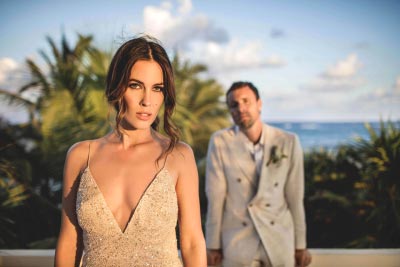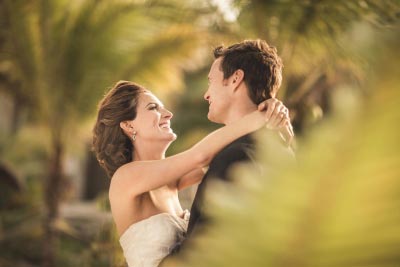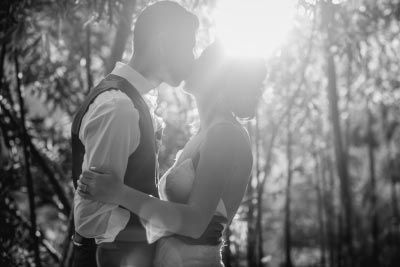We’re the dynamic duo behind the camera, capturing those amazing moments for all you lovebirds on your big day. Our trusty camera and lens? They’re like our partners in crime, helping us freeze those cherished memories in time. It’s all about the gear, you know, and how it impacts not only our shots but also your smiles. So, grab a cup of something warm, and let’s chat about the lowdown on choosing the perfect camera and lens for your dream wedding album.
Camera Types
Now, when it comes to camera types, you’ve got a couple of main contenders – the classic DSLR (digital single-lens reflex) and the new kid on the block, the mirrorless wonder. It’s like choosing between classic rock and the latest pop hit, but it all boils down to what floats your boat.
DSLRs have been the darlings of the photography world for quite some time. They come with a whole arsenal of lenses, a hefty image sensor, and a build that can weather any storm. The optical viewfinder on DSLRs is like a secret weapon, helping us nail those perfect shots even when the lighting is playing hard to get.
On the flip side, mirrorless cameras have stepped up their game in recent years. They’re sleek, lightweight, and snappy with their autofocus game. Plus, if you’re into shooting videos, they’ve got your back. With that electronic viewfinder, you get a sneak peek of what’s in store, making it super easy to tweak settings on the fly.
So, it’s decision time, pals. DSLR or mirrorless? It’s like choosing between pizza and tacos – you can’t really go wrong. Both are champs at delivering top-notch photos. Just pick the one that feels right in your hands and suits your unique wedding photography needs. Let’s make magic together!
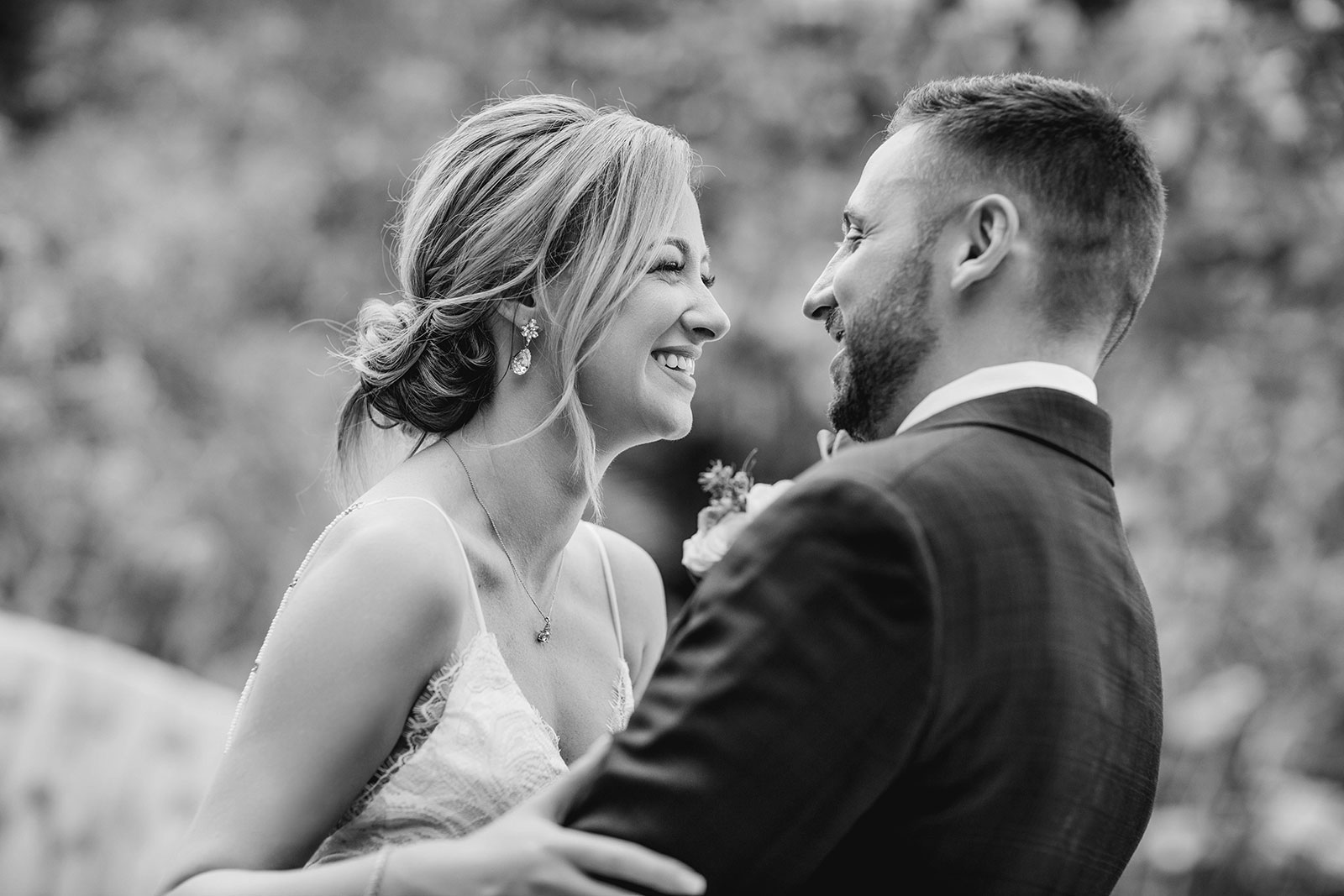
The Camera Sensor
So, first up, the camera sensor size! This thing is a game-changer when it comes to your pics. In simple terms, a bigger sensor means better quality shots, especially in those dimly lit venues. Full-frame sensors, like the ones in those fancy-pants professional cameras, are top-notch but come with a price tag that makes your wallet sweat. For the budget-savvy, most consumer-grade cameras rock the cropped-frame sensors, which are smaller but more wallet-friendly. They might not give you that full-frame magic, but they still get the job done nicely.
When you’re on the hunt for the ideal wedding photography setup, it’s hard to beat a full-frame sensor. However, don’t write off the cropped-frame options; they can still deliver the goods. The key is to pick the right sensor that fits your wedding style.
Lens Choice
Now, let’s chat about lenses. A good lens can make or break your shots. We’re talking zoom lenses that can change the game in a snap. You want versatility? A 24-70mm lens is your go-to. It’s like having a magic wand that can handle wide-angle shots and up-close portraits without breaking a sweat. Plus, the lens’s aperture is a big deal. A wide one (low f-stop number) means more light, better pics, and that dreamy background blur, also known as bokeh.
But don’t stop at just one lens. For different wedding scenarios, you’ll need different tools. Go wide-angle for those epic ceremony shots and grab a 50mm lens for stunning portraits.
As wedding photographers, we know the importance of having the right gear. The right camera and lens combo can create shots that’ll be treasured forever. So, invest in gear that makes your heart sing and meets your wedding-shooting needs.
Ideal Equipment for Wedding Photojournalism
Now, let’s talk about gear for photojournalism and wedding photography, including those stunning Cancun wedding photo shoots. For these gigs, you’ll need some essentials that cater to different situations. First, that trusty zoom lens is still your sidekick. That 24-70mm lens we mentioned earlier is like gold for both these genres, ensuring versatility for capturing the essence of a destination wedding. You can snap wide landscapes and close-up candids without swapping lenses. And remember, a wide aperture is your BFF for those stunning bokeh portraits, essential for those romantic beachside moments in Cancun.
You’ll also want a collection of prime lenses for diverse shooting situations. Grab a wide-angle for those “big picture” moments and a 50mm for those lovey-dovey portraits.
For quick, precise action shots in photojournalism, you’ll need a camera with a lightning-fast autofocus system. And if you’re capturing fast-paced action, a high frame rate is a must. When you’re sneaking candid shots from a distance, a telephoto lens will be your partner in crime, while a wide-angle lens helps you capture the whole scene.
Don’t forget the tripod; it’s a lifesaver for those steady shots and less shaky moments. And to snap pictures without causing a scene, a remote shutter release is handy.
In the end, the best gear for photojournalism and wedding photography depends on your style and preferences. But a trusty zoom lens, prime lenses, a quick autofocus system, a solid tripod, and a remote shutter release are your must-haves for nailing those memorable shots.
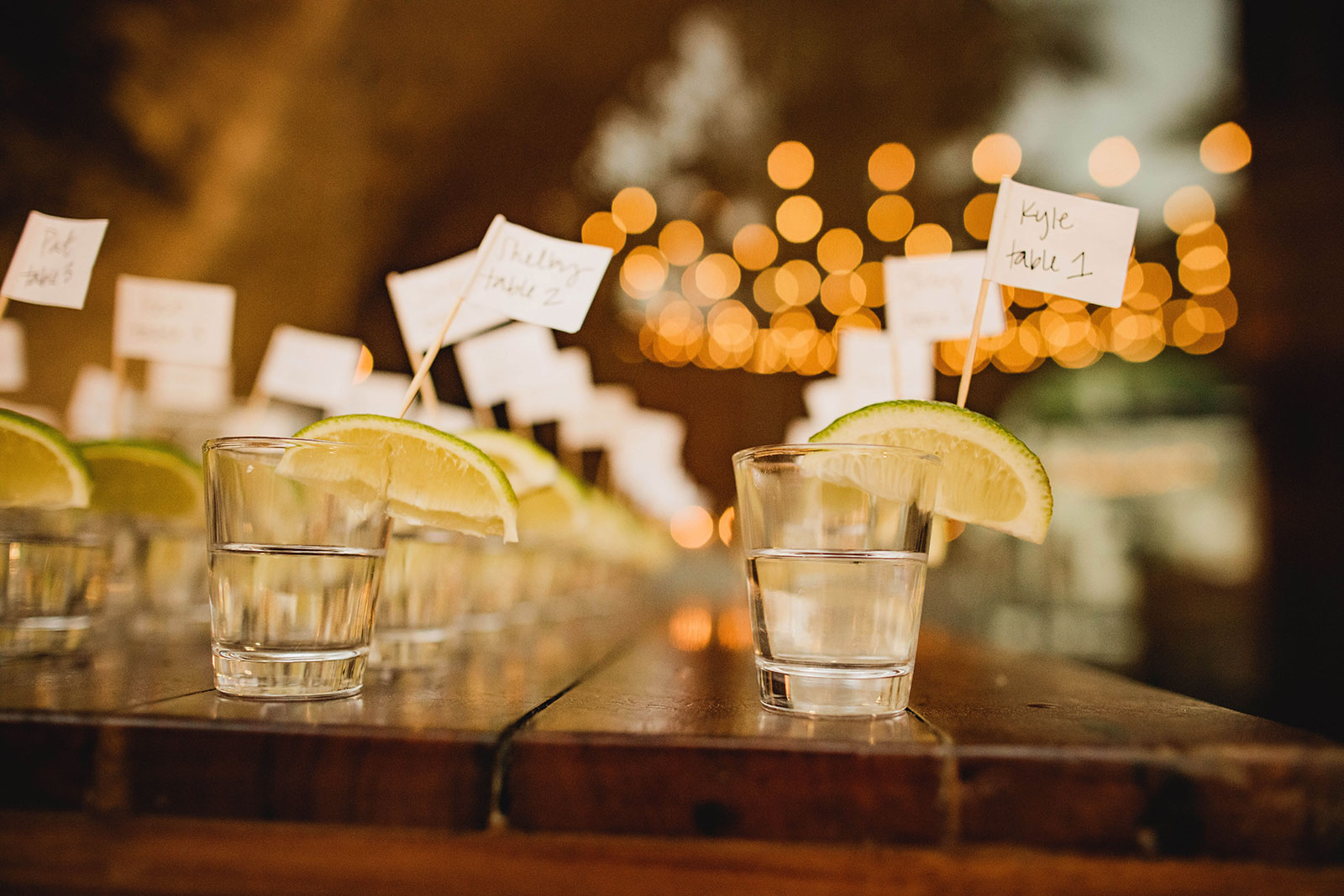
Why We Love Prime Lenses: A Wedding Photographer’s Take
First things first, prime lenses are like our BFFs. They’ve got one focal length, and they don’t mess around with zooming. So, if we want that perfect shot, we’ve gotta get up close and personal or take a few steps back. It’s like our camera whispering, “Move it, buddy!” This makes us super mindful about composition and framing, resulting in photos that are pure eye candy.
Now, prime lenses are known for their wide apertures. More light sneaks in, and that means better image quality and that dreamy bokeh effect we love so much. It’s like adding a dash of magic to every snap.
Speaking of speed, prime lenses are like the speedsters of the lens world. With their wider maximum aperture, they welcome more light with open arms. This is a lifesaver when we’re capturing moments in low-light situations, especially during those indoor wedding shindigs.
And don’t even get us started on their weight. Prime lenses are the lightweight champions. They’re like the cool kid in class who doesn’t weigh you down. Perfect for us because, as wedding photographers, we’re toting our gear around all day long.
ISO and Noise: Keeping It Clean
Noise is the photo villain that makes pics all grainy and bleh. We don’t want that! When we’re cranking up the ISO in low light, we need to keep that noise in check. Nobody wants grainy wedding photos; it’s a mood killer.
Weddings often mean low light, and low noise at high ISO is our superhero sidekick. It’s like having Batman by our side in the shadows. Crisp images, happy clients, and smooth post-processing, that’s the name of the game.
When we’re editing, noise reduction can be a buzzkill. It’s like trying to sculpt a masterpiece from a block of Swiss cheese. Low noise levels save the day, making editing a breeze without sacrificing quality.
Oh, and when the client finally lays eyes on the photos, we want them to go, “Wow!” High noise levels? Not cool. Low noise at high ISO? Now we’re talking polished and classy.
The Magic of Bokeh: Our Secret Sauce
Fancy a low f-stop number (wide open aperture)? It’s like inviting sunshine into your lens, and it’s perfect for those dimly lit wedding moments. Your low-light savior, right there.
And that sweet f1.4 aperture? It’s like turning your pics into art. Beautiful bokeh makes everything look dreamy, and the subject pops out like a star on the red carpet.
But beware, shooting at f1.4 means you’ve got to be a focusing wizard. It’s like trying to catch a firefly in the dark. Practice, practice, practice!
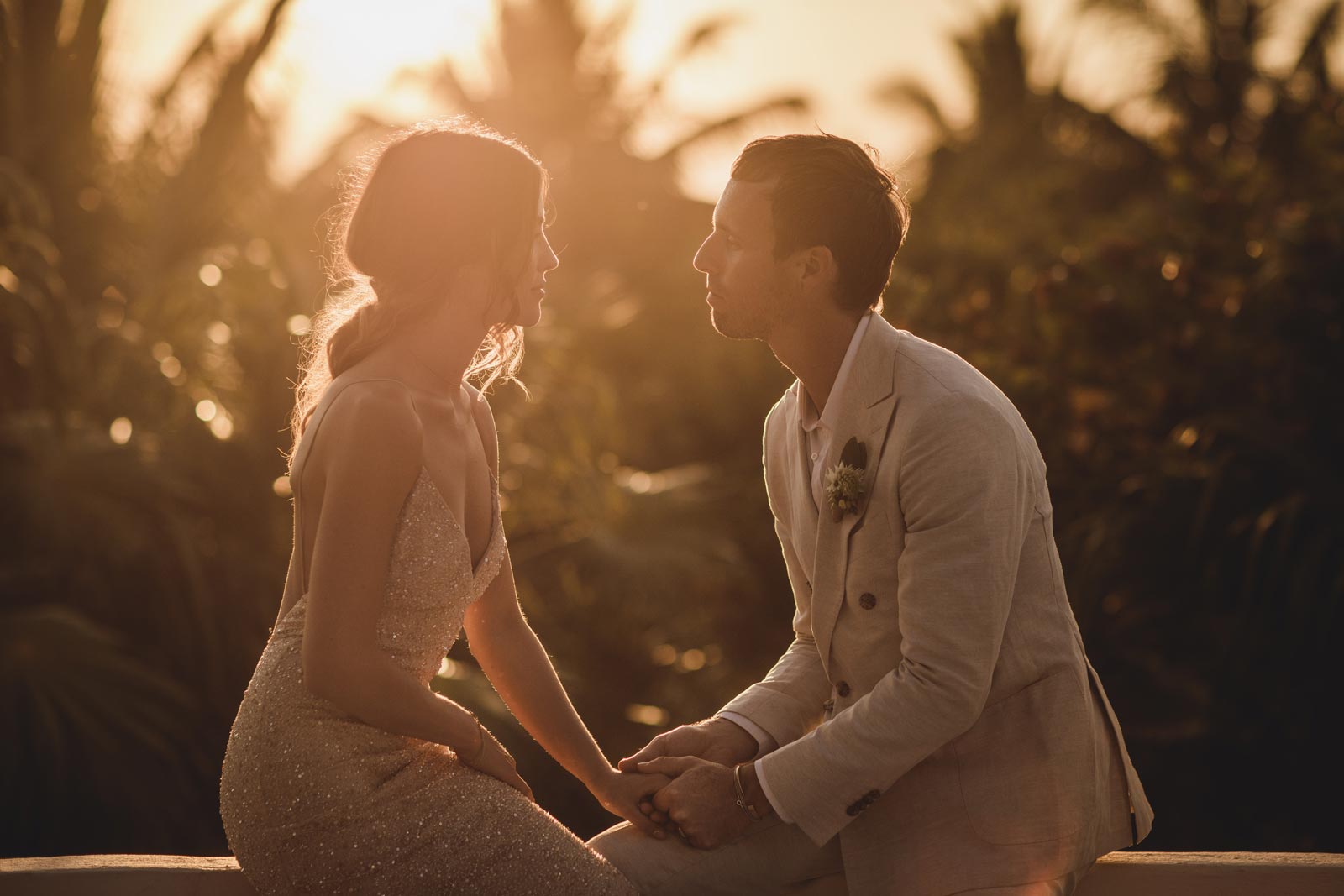
Range of prices for professional equipment
As wedding photographers, we get it – gear can be a bit of a head-scratcher. So, let’s dive into the nitty-gritty of equipment prices and what’s worth your hard-earned cash.
Now, when it comes to pro gear, the costs can be all over the map. You’ve got your cameras and lenses, and they can either break the bank or give it a friendly pat. Take, for example, the Canon EOS R or Nikon D5 – those bad boys can run you anywhere from $2,500 to $6,000. And if you’re leaning towards a fancy mirrorless camera like the Sony A9 II, be prepared to shell out between $4,500 and $6,000.
Lenses, on the other hand, can make your wallet do a little dance. A Canon 24-70mm f/2.8L zoom lens? That’s gonna set you back about $1,500 to $2,000. And if you’re feeling a bit fancier with the Canon 50mm f/1.2L prime lens, well, that’s gonna cost you roughly the same.
But here’s the deal, friends: don’t let the price tags scare you away. These fancy gadgets are investments in creating breathtaking memories for our couples. You’re talking top-notch image quality, nailing those tricky lighting situations, and gear that can take a beating and keep on clicking.
To sum it all up – picking the right camera and lens combo for weddings is like choosing your superhero costume. You gotta consider the camera type, sensor size, and lens options. And let’s spill the beans – prime lenses are like the secret sauce. They give you more room to play with your shots, ace low-light scenes, and they’re a breeze to carry around.
But here’s the kicker – shooting wide open at f1.4 to get that dreamy bokeh? It’s like a magic trick for us wedding photographers. So, while the price tags on gear might make you blink a few times, remember, it’s an investment that pays off big time.
We’ve been there and done that, so trust us when we say – having the right tools in your bag is the key to capturing moments that’ll be treasured forever. We’ve got your back, and we’re ready to rock those special days with gear that’ll make those memories pop!
RIVIERA MAYA WEDDING PHOTOGRAPHY
Would you like to contact us?
